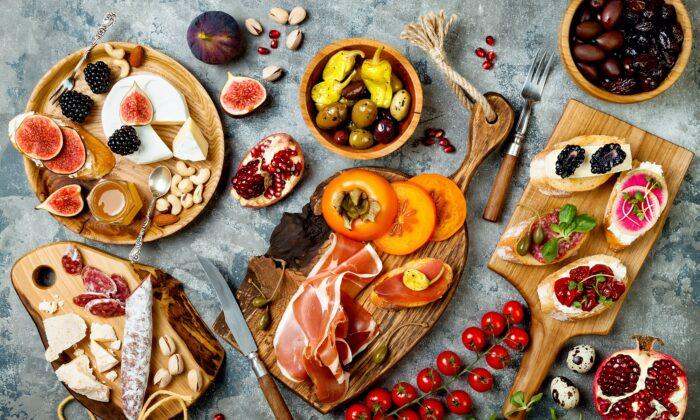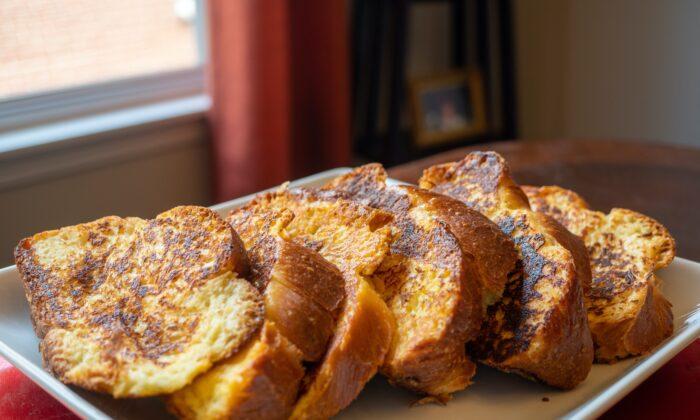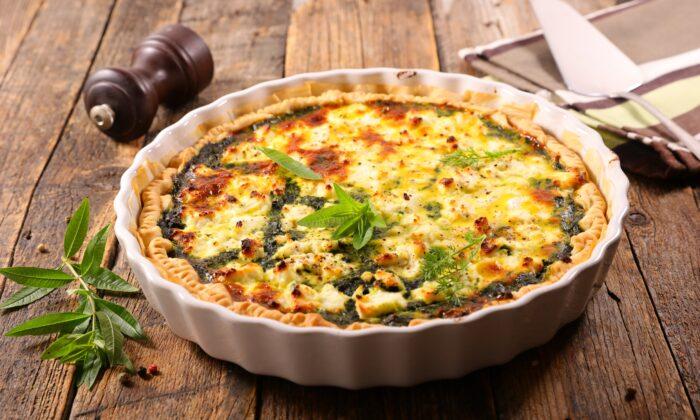When it comes to charcuterie boards, the French don’t play games. Charcuterie—an assemblage of meat, cheese, spreads, bread, olives, dried fruit, and nuts all arranged on a wood plank—isn’t just something that can be thrown together at random. Once I moved in the US, I realized how french charcuterie board is, in fact, an art form.
From ingredients to serving techniques, there’s definitely a way to make a charcuterie board right, according to the French. While the final result may have a sense of effortlessness, it does, in fact, take a bit of effort to achieve that je ne sais quoi. Here’s how to make a charcuterie board any French person would approve of.
Use a Wood Cutting Board
To keep it authentically French, a wood board is the best way to go. They’re easier to use, easier to wash, and you don’t have to worry about scratching them with a knife. You can also go for marble cutting boards which I like because it matches the cheese!Serve at Least Four Different Kinds of Cheeses
In general, you should always try to include a tangy option (for example, goat cheese), something soft and creamy (Brie or Camembert), something hard (Comté or Cheddar), and something strong enough to knock your socks off (blue cheese).You don’t necessarily have to stick to just French cheese, though. You can always include a bit of Parmesan on your board, or even include burrata if you feel creative. At the end of the day, though, feel free to use whatever kind of cheese you like.
Get Your Hands on Some Saucisson
If you want your board to be as French as possible, saucisson—a dry, thick, cured sausage—is the only meat you absolutely need to have. Saucisson is made of pork and stuffed with nuts, cheese, and dried fruit.The other meats that you include are totally up to your preference. You can include whatever you want, even if it’s not from France. Our personal favorites are: Rosette de Lyon, Jambon (Ham) from Bayonne or Viande de Grison.
French Tips: French like to include some kind of Rilettes, pâtés or Terrine to their Charcuterie Board to make some Tartines (Spreadables) made of Goose, duck or pork.
Slice the Right Way
Do not pre-slice the cheese you put on your board. Soft, round cheeses like Brie will ooze everywhere once you cut into them, so it’s best to serve them still inside of their packaging. Simply submerge the knife into the cheese but don’t actually cut a slice—leave it there for your guests to get started. Hard cheeses like Comté or Cheddar can be cut into long, thin strips or cubes.Meat should always be pre-sliced before serving, and the thinner it is, the better, make sure to always ask for thin slices when you buy it to your Butcher.
Don’t Forget the Extras
Whenever possible, use as many seasonal and local products on your board as you can. If it’s spring, fill any empty spaces with spring veggies like radishes, and if it’s summer, add in some tomatoes. Pickled and preserved ingredients such as olives, cornichons, and even tapenade balance out the creaminess of cheese with their acidity. Plus, the experts all agree: A few sweets, like honey or cherry preserves, are essential. A handful of dried figs or apricots also provide a sweet and tangy contrast to all the richness on the board.Always Serve Everything With Bread—Not Crackers
Last but not least. If you serve crackers with a charcuterie board, it isn’t French. The types of bread you should use vary, though. A baguette is the best option, a good sourdough or walnut bread if you feel like mixing it up. Be sure to pre-slice it before serving your guests—they’ll be too busy chopping cheese to worry about bread.Et voila! Please comment if you have your own secret ingredient to make your Charcuterie Board Special.
This article was originally published on OuiPlease.com.






